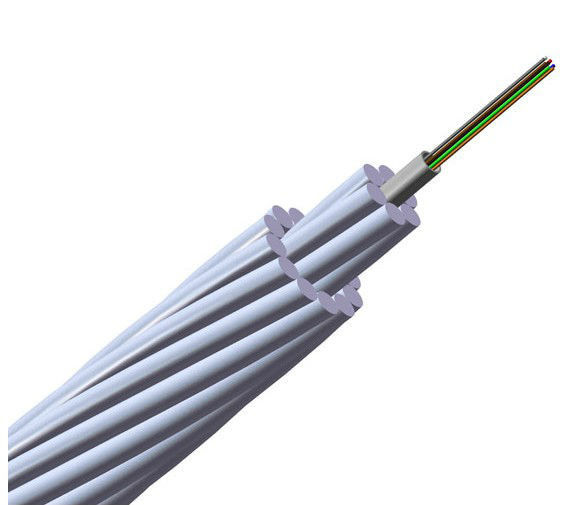
South America is embracing smart energy solutions to address energy challenges. Smart energy refers to an advanced approach to managing, distributing, and optimizing energy production and consumption. This is through the use of data analytics, technology, and automated systems. Smart energy aims to create efficient, resilient, and sustainable energy systems. Using smart energy in South America holds potential for transforming the region’s energy landscape. South America has the resources to integrate smart energy solutions that can address these challenges. The availability of lower technology costs and government support increases the use of smart energy. This can help the region meet energy needs and become a leader in renewable energy and smart technology. ADSS/OPGW cables enable efficient power transmission, communication, and data exchange.
All Dielectric Self-Supporting and Optical Ground Wire (ADSS/OPGW) cables serve in remote monitoring and control and power systems. They provide reliable communication links to help ensure the efficient and reliable operation of power grids. The cables also allow for simultaneous power transmission and high-speed data communication. ADSS/OPGW cables enable real-time monitoring of power system parameters. This is essential for optimizing grid operations and identifying potential issues. The cables also ease remote control and automation of power systems. These allows efficient management of energy resources. This article looks at the significance of ADSS/OPGW cables in the use of smart meters in South America.
Significance of ADSS/OPGW cables in smart meters in South America
ADSS/OPGW cables are crucial components in smart energy systems since they ensure reliable data transmission. The cables provide a foundation for creating modernized, connected power infrastructure. ADSS/OPGW cables enable reliable, secure, and efficient data transmission in smart energy systems. They support the need for resilient energy systems, renewable integration, and cost-effective grid modernization. For instance, Brazil, Chile, and Colombia use the cables to integrate remote hydroelectric and wind power into the national grid. The following is the significance of ADSS/OPGW cables in smart energy systems in South America.

- Enabling smart grid communication networks—smart energy networks enable real-time data transmission and communication to track energy flow. ADSS/OPGW cables provide the high-speed and high-capacity fiber optic networks needed for the functions. The cables enable the centralized control of power substations and transmission networks over long distances.
- Enhancing reliability and reducing outages – ADSS/OPGW cables allow operators to detect and locate faults. This enables faster repairs and reduces outage times. They allow integration of communication infrastructure into power networks. This is to help grids recover from natural disasters.
- Renewable energy integration – integration of renewable energy sources requires long transmission lines. ADSS/OPGW cables support the integration of the decentralized renewable sources. This is by allowing renewable installation to be integrated into the main grid.
- Reducing operational costs – Using ADSS and OPGW cables allows for dual-purpose installations. This helps lower infrastructure costs and improve maintenance and operational efficiency.
- Advancing rural electrification—use of ADSS and OPGW cables can improve energy access in remote and underserved areas. The cables support smart grids which enable off-grid or microgrid solutions. These solutions are suitable for rural and remote communities.
Benefits of smart energy in South America
Smart energy provides several benefits in South America’s energy sector. This is by enhancing the reliability and sustainability of energy systems. Smart energy technologies provide solutions to many challenges in the region. Smart energy provides environmental, economic, and social benefits in South America. This helps the region modernize its infrastructure and meet the rising energy demands. At TTf Power, we are a one-stop-shop for utility pole hardware fittings, transmission line accessories and power line construction equipment. We provide our customers with the most extensive range of products in the industry, excellent value and knowledgeable service. The following are the benefits of using smart grids in South America.

- Improved grid reliability and resilience—smart energy systems improve the reliability and resilience of power infrastructure. Smart grids can automatically detect and isolate faults to reduce the frequency of blackouts.
- Optimized energy efficiency – smart energy technologies allow for efficient use and demand response. This reduces the strain on the grid during peak demand periods and reduces the need for expensive infrastructure upgrades.
- Energy security – smart energy increases energy security by reducing dependency on imported fossil fuels. The transition towards renewables backed by smart technologies enhances self-sufficiency and reduces vulnerability to international price fluctuations.
- Environmental sustainability – smart energy in South America helps to reduce greenhouse gas emissions, protect ecosystems, and follow global climate commitments.